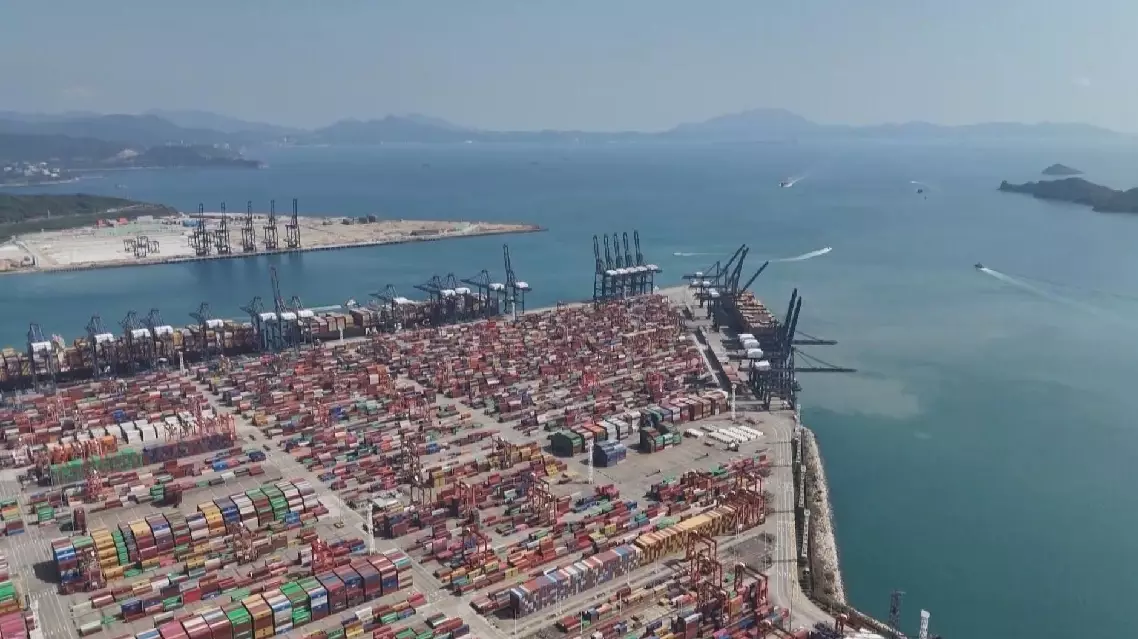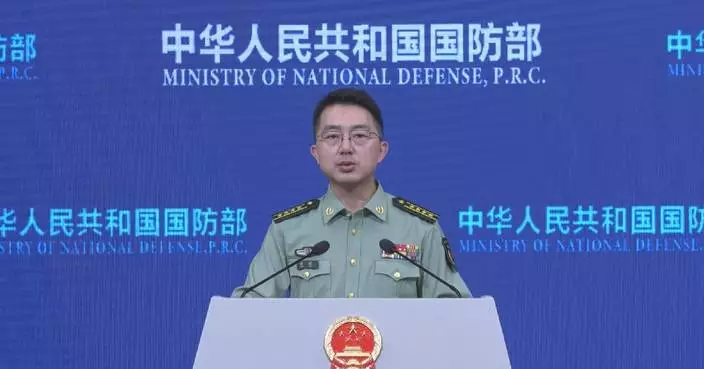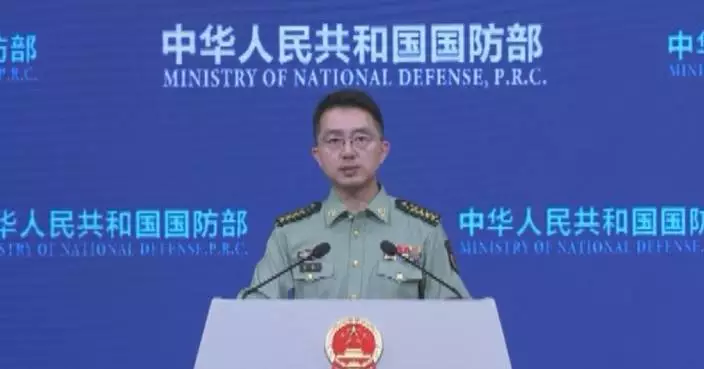China National Offshore Oil Corporation (CNOOC) announced that its Bozhong 19-6 Condensate Gas Field in the Bohai Sea has produced over one billion cubic meters of natural gas, providing strong support for the gas demand in the Beijing-Tianjin-Hebei region and the Bohai Rim region.
The project, located in central Bohai Sea with an average water depth of approximately 20 meters, is the first large-scale and fully developed gas field with over 100 billion cubic meters of reserves in eastern China.
Adopting a phased development approach, the company put into operation the pilot area project in October 2020 and the phase I project in November 2023 respectively.
"At present, the field has a peak daily natural gas production capacity of 2.4 million cubic meters -- a testament to the rich potential of offshore deep-layer oil and gas deposits. It also hold crucial and practical value for the safe and efficient development of gas projects in the future," said Jiang An, general manager of an extraction company under the Tianjin branch of China National Offshore Oil Corporation (CNOOC).
The verified geological reserve of natural gas of the field exceeds more than 200 billion cubic meters and that of crude oil is more than two million cubic meters.
A total of six offshore oil and gas platforms have been constructed at the field.
"At the current stage, the development of the Bozhong 19-6 Condensate Gas Field has entered a critical period for ramping up production. With a deeper grasp of the reservoir's distribution pattern and geologic characteristic, the field is kicking off its phase II project -- a move that will pave the way for large-scale development of the super-deep oil and gas resources in the Bohai Sea region," said Zhang Chunsheng, deputy general manager of the Tianjin branch company of CNOOC.

China's Bohai Sea gas field produces over one billion cubic meters of natural gas
Many Chinese logistics companies are ramping up their shipments for the U.S. market following the latest round of mutual tariff adjustments between China and the United States.
China and the United States announced in Geneva on Monday a series of tariff modification measures aimed at easing trade tensions between the world's two largest economies.
The decision followed a two-day China-U.S. high-level meeting on economic and trade affairs, where both sides recognized the importance of their bilateral economic and trade relationship to both countries and the global economy, a joint statement said, noting that both sides emphasized the need for a sustainable, long-term and mutually beneficial economic and trade relationship.
The latest measures have driven up the businesses of shipping companies in Shenzhen City, in south China's Guangdong Province.
In a freight forwarding company in Shenzhen, the manager said that U.S. clients are experiencing shortages of supplies and are pressuring them to expedite shipments on the next available vessels. The staff members are busy organizing export release documents, with stacks of paperwork for shipments to ports in Los Angeles, New York, and Chicago.
"Since the afternoon of May 12, our shipment volume has increased by 40 percent. By June, it should at least be doubled compared to now," said Fu Shengying, deputy general manager of Guangdong Branch of WorldEx Group.
Fuwei Community in Bao'an District, Shenzhen, is an important hub for cross-border e-commerce logistics. Recent data shows that the average daily export shipment volume here has increased by 14 percent over the past three days compared to May 11.
In another logistics company specializing in cross-border e-commerce, orders from U.S. clients have also surged. According to the company, these clients are facing low inventory and need to restock immediately. Over the past few days, the company has received more orders than during the same period in the previous years.
The company manager noted that the surge in order volume has led to increased demand for container ships. Consequently, some shipping companies are starting to adjust their capacity allocation on a global scale.
"Many shipowners had previously adjusted their capacity, but now that a large volume of cargo is suddenly coming in, there is a shortage of capacity. Consequently, freight rates are rising rapidly. Despite this, many clients are still very eager to ship their goods," said Luo Rong, general manager of Shenzhen Branch of Dewell Group.
Yantian Port in Shenzhen is the busiest shipping hub in South China for routes between China and the United States, handling over a quarter of the country's exports to the United States. To meet the surge in demand from U.S. clients, Yantian Port is now scheduling six daily sailings to the United States.
The port staff said that they have recently received inquiries from several shipping companies and are coordinating berth arrangements and schedules. They are prioritizing vessels for U.S. routes at Yantian Port.
Summer is the traditional Christmas ordering season in the United States, and due to previous export suspensions, American sellers' inventories have been declining and urgently need restocking. As a result, demand for Chinese goods is expected to keep rising in the near future.

Chinese logistics enterprises ramp up shipments after China-US tariff adjustment






















































